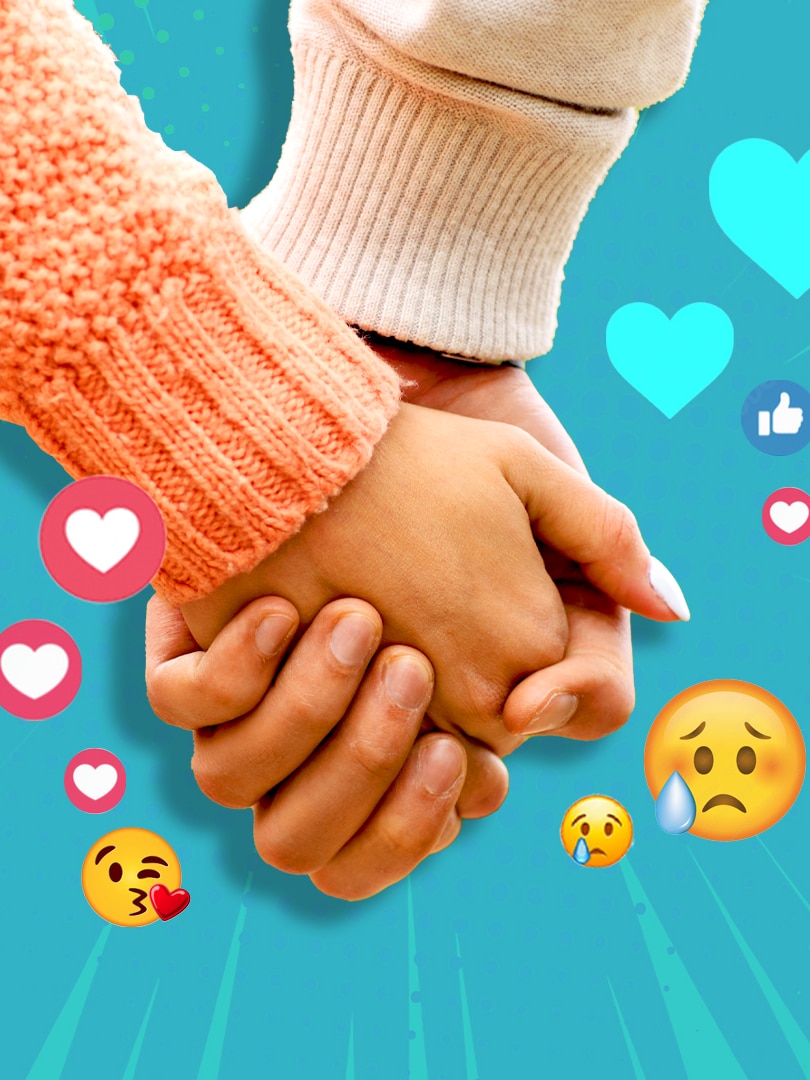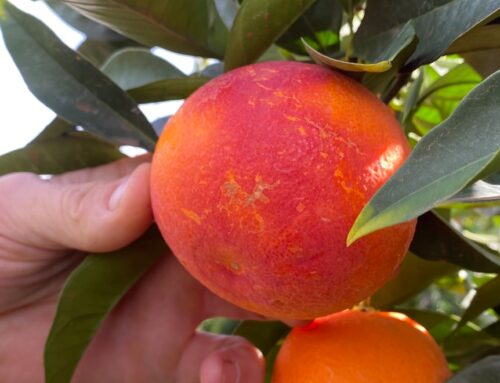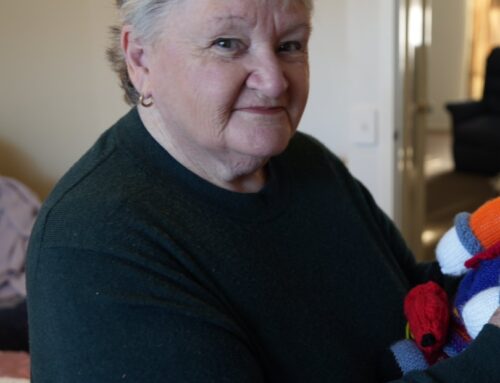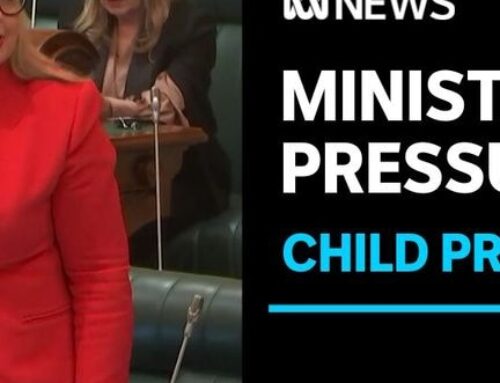You’ve heard of gaslighting and emotional manipulation.
The popularity of these terms with self-proclaimed social media dating experts and online therapists has helped countless teens to identify toxic or unhealthy relationship behaviours.
But some experts think supporting teens through romantic relationships should focus on how to maintain healthy relationships rather than fixating on the negative.
Research shows almost 70 per cent of young people aged 14 to 18 have been in at least one romantic relationship.
By the time teens reach the age of 18 or 19, almost three in 10 have experienced intimate partner violence, so experts say being able to foster healthy behaviour early on is important.
But to understand our behaviour and that of our partners, we first need to understand how we form ideas about relationships.
Finding relationship positivity
According to Curtin University researcher Hanna Saltis, respectful, or harmful, relationships are first modelled to us by our parents. As we grow up, we take in input from external sources such as TV, celebrities, social media and influencers.
Mx Saltis runs relationship workshops for teachers in Western Australian schools through the Relationships and Sexuality Education (RSE) Project.
“All those love feelings, all the hormones, just having another person to chat to, having a person to witness your life — all of those things that actually make us feel really good and positive, they are the main reasons that people get into the relationship,” Mx Saltis says.
“But currently, what schools and education are really good at is telling people what not to do.”
They say the focus in schools should move away from harm protection and pivot to how to better recognise and foster healthy relationships.
Recognising positive behaviour intuitive
Mx Saltis says many teens intuitively know what’s going right in a partnership.
When we took to the streets, we found that teens had strong ideas of what positive relationships look like.
Kai says a good partner supports you to become a better version of yourself.
“A healthy relationship looks like good communication. Knowing each other’s boundaries and giving each other tips on how to improve each other.”
It’s a sentiment Talitha, aged 19, agrees with.
“Individual growth is still really important to maintain while you’re in a relationship with someone.”
David says a strong partnership is built on equality.
“A good relationship is balance, a 50:50 input from both people.”
And his friend Kai says if things aren’t working out, it’s important to have supports in place.
“Take advice from your friends and family, and if it does get to that stage where you need to contact support lines for help, then go for it.”
Parents and peers can offer support
Mx Saltis says that as trusted people, parents and peers are in a unique position to support teens to foster healthy relationships.
“Young people are really good at identifying who are safe people in their life. Chatting to friends is good,” Mx Saltis says.
“Your friendships are really your lifeline when you have a romantic relationship. They’re the ones who are looking out for you to tell you, ‘Hey, that person doesn’t seem like their intentions are very good’.”
The 2023 national study by the Australian Institute of Family Studies (AIFS) found a healthy relationship with parents and friends in late adolescence played a crucial role in reducing the likelihood of being a victim of intimate partner violence at 18–19 years.
Violence can be subtle
But what does a harmful relationship look like?
The AIFS report found the types of intimate partner violence being experienced by teens were emotional, physical and sexual, irrespective of sexual orientation.
Some were subtle forms of violence and control, such as technology-facilitated abuse via text messages or location tracking.
“Attempts to control a partner, defensiveness or dishonesty, breaks in communication and a lack of respect for boundaries are all instances of unhealthy behaviour,” Mx Saltis says.
“They’re feeling controlled. They’re feeling like they can’t hang out with their friends or do the activities that they used to do. They can’t go to their sport on the weekend or they can’t go away with their parents without having to text all the time.
“If you can identify those behaviours and you can work through them, then that’s super great. And if you can’t, then it’s a good time to just call it and say, ‘I want something else from our relationship’ and move on.”
What’s missing in relationship education?
Mx Saltis says what’s missing in the conversation is more focus on how to have a healthy relationship.
While teens are adept at recognising the red flags, the so-called green flags are not as well-known.
“Actually, young people are super, super good at identifying unhealthy behaviours, toxic behaviours, abusive behaviours,” Mx Saltis says.
“When you ask them, ‘What does a healthy relationship look like?’ a lot of them get a bit stunned. They have to think about that.
“Whereas if I say, ‘What does a toxic relationship look like?’, they’re like, ‘You know, peer pressure, not being able to do the stuff that I want to do. Not being able to see my friends, if they’re bossing me around, or being a bit controlling’.
“So, the bigger thing that’s missing is that emphasis on what to do, rather than what not to do.”
Where to find help
Mx Saltis says there are plenty of resources available to help teens navigate relationships, but talking to a trusted adult should be the first port of call.
“I think something that I’ve noticed becoming an adult is that lots of adults have so much time for teenagers and young people,” Mx Saltis says.
“And they really actually want to guide them in a way that they didn’t get the guidance when they were younger.
“So, if you have a school counsellor or a chaplain or a psychologist at school, or you have a social worker, if it’s your school principal, or your teacher, the person who you can talk to — you know who it is —they will definitely be happy to hear you out.”
Contact 1800 RESPECT for advice and information. If you or someone you know is in immediate danger, contact 000.





